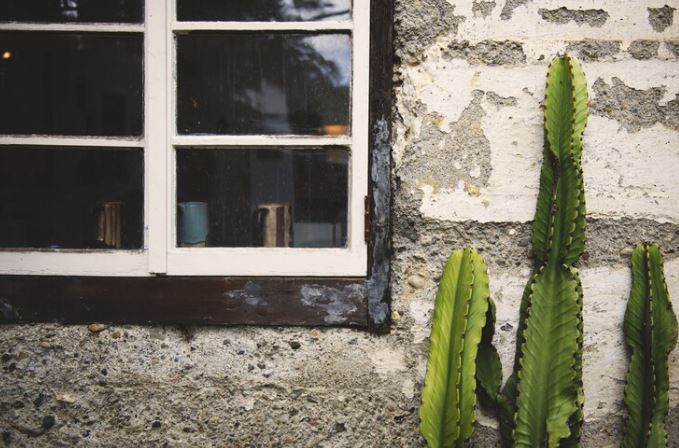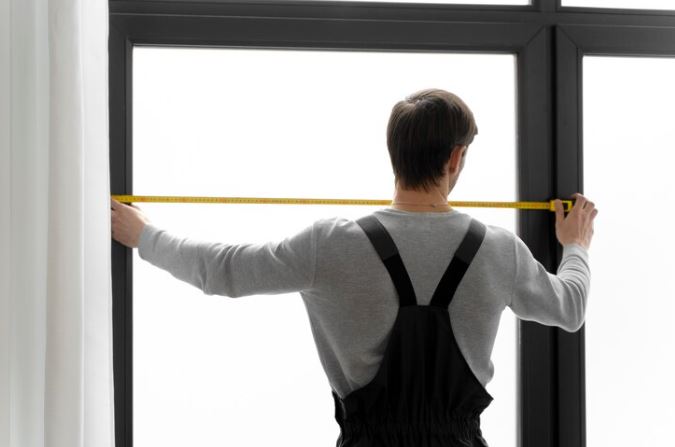How To Fill Large Gaps Between Windows And Walls, Filling a large gap between a window and a wall requires a combination of materials to provide stability, insulation, and an aesthetically pleasing finish. Here’s a step-by-step guide on how to fill a large gap:
Materials and Tools:
- Expanding foam insulation
- Backer rod
- Painter’s tape
- Utility knife
- Caulk gun
- Paint or sealant (matching the window casing)
Steps:
- Clean the Gap:
- Remove any dirt, debris, or loose material from the gap using a utility knife or a brush.
- Install Backer Rod:
- For larger gaps, insert a backer rod into the gap to provide support for the sealant or foam. The backer rod prevents the sealant from sinking into the gap and helps create a more even surface.
- Tape the Surrounding Areas:
- Apply painter’s tape on the window casing and the wall surrounding the gap. This will help create clean lines and protect surfaces from excess sealant or foam.
- Apply Expanding Foam:
- Using a can of expanding foam insulation, fill the gap with the foam. Start by applying a small amount initially, as the foam expands significantly. Allow the foam to cure and expand fully according to the product instructions.
- Trim Excess Foam:
- Once the foam has cured, use a utility knife to carefully trim any excess foam that protrudes beyond the gap. Make sure to follow the contours of the window casing and wall.
- Smooth the Surface:
- If the foam leaves a rough or uneven surface, you can use a putty knife or sandpaper to smooth it out. Ensure the surface is flush with the window casing and the wall.
- Apply Sealant or Paint:
- To achieve a finished look, apply a matching paint or sealant over the foam. If the window casing is painted, match the color as closely as possible. Alternatively, you can use a sealant that matches the existing finish.
- Remove Painter’s Tape:
- Once the paint or sealant has dried, carefully remove the painter’s tape to reveal clean lines.
- Inspect and Repeat if Necessary:
- Inspect the filled gap to ensure it meets your satisfaction. If there are still gaps or imperfections, repeat the process as needed.
Tips:
- Follow the manufacturer’s instructions on the expanding foam product for the best results.
- Ensure good ventilation when working with expanding foam.
- Choose a backer rod size that fits snugly into the gap without compressing the foam.
If you’re unsure about How To Fill Large Gaps Between Windows And Walls it’s associated with structural issues, consider consulting with a professional contractor or a handyman for assistance.

(FAQs) on Filling a Large Gap Between Window & a Wall:
Q: Why is there a gap between my window casing and the wall?
- Ans Gaps can occur due to settling, temperature changes, or poor installation. Identifying the cause is crucial for effective gap filling.
Q: Can I use any type of caulk to fill the gap?
- Ans: It’s recommended to use an appropriate sealant or caulk suitable for both interior and exterior use. Consider factors like flexibility, paintability, and durability.
Q: Is it necessary to use backer rod?
- Ans: Using backer rod is beneficial for larger gaps, providing support for the sealant or foam and preventing it from sinking or cracking.
Q: Can I paint over expanding foam?
- Ans: Yes, you can paint over cured expanding foam. Use paint suitable for the specific type of foam you’ve used.
Q: How long does expanding foam take to cure?
- Ans: Curing times vary, but it typically takes a few hours for expanding foam to skin over and 24 hours or more to fully cure. Follow the product instructions.
Q: Can I fill the gap with just caulk without using foam?
- Ans: For larger gaps, using a combination of backer rod and caulk or expanding foam is recommended for a more effective and lasting seal.
Q: Will filling the gap improve energy efficiency?
- Ans: Yes, filling gaps helps improve energy efficiency by preventing drafts and minimizing heat or cool air loss.
Q: Can I do this as a DIY project, or do I need professional help?
- Ans: This is a common DIY project. However, if you’re unsure or if the gap is associated with structural issues, consulting with a professional may be advisable.
Q: Can I use the same process for exterior gaps?
- Ans: Yes, the process is generally the same for both interior and exterior gaps. Choose sealants and materials suitable for exterior use.
Always follow safety guidelines and product instructions when working with sealants, caulk, or expanding foam. If you have specific concerns or if the gap is extensive, consider seeking professional advice.


